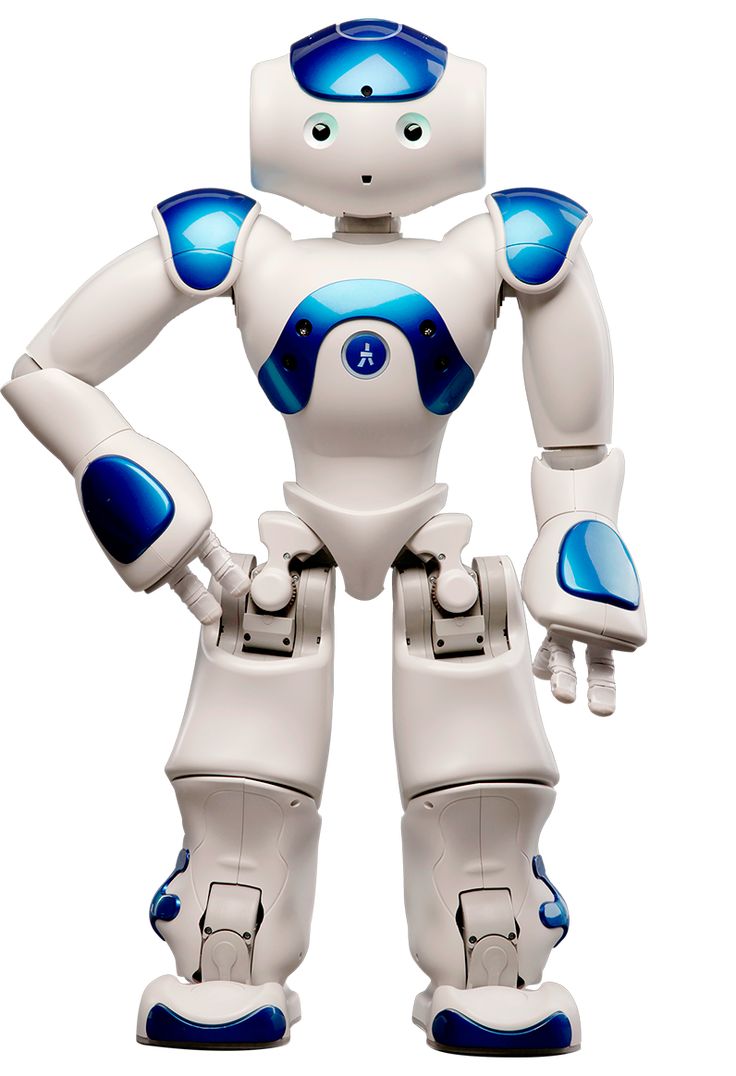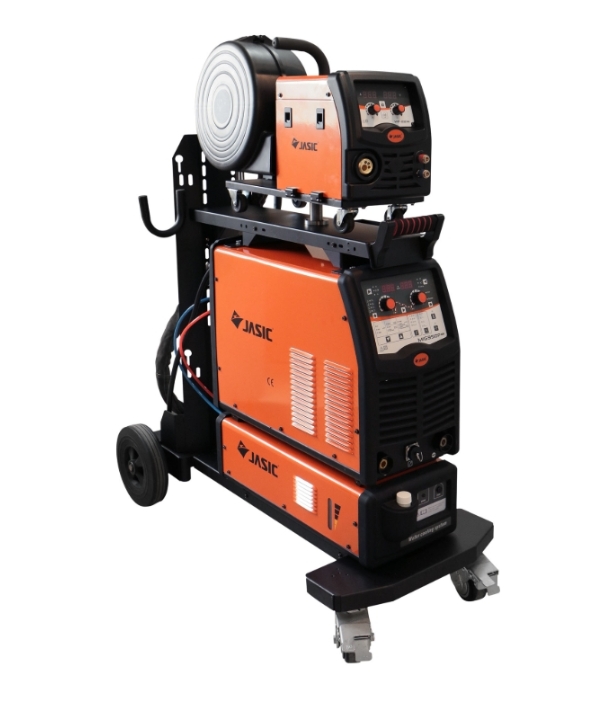Researchers from Carnegie Mellon University (CMU) in Pennsylvania have developed an innovative miniature robot that can transform and take a liquid form, enabling it to perform tasks in hard-to-reach places. This remarkable robot worker has the potential to be used as an automatic soldering machine or a tool for extracting swallowed objects from the stomach.
Soft and malleable robots capable of working in narrow spaces already exist, but they lack the ability to become more durable and strong under external influence or when carrying heavier objects. Carmel Majidi from CMU and his colleagues have addressed this challenge by creating a robot that can not only change shape but also alternate between liquid and solid forms.
The millimeter-sized robot is made from a mixture of gallium (Ga) and ferromagnetic neodymium-iron-boron (NdFeB) microparticles. In its solid state, the material can withstand objects 30 times its own mass. By placing the robot near magnets, researchers can soften, stretch, move, or turn it into a crawling puddle, depending on the task at hand. The tuned magnetic fields affect the tiny magnetic elements of the robot, moving them and deforming the metal in different directions.
The team demonstrated the robot's versatility by using two robots to transfer and solder a small light bulb to a printed circuit board. In another experiment, they forced the robot to approach an object inside an artificial stomach and pull it out by applying a different set of magnetic fields. The robot was even shaped into a Lego figure and then helped to escape from a cage by melting and flowing out between the bars, regaining its original, solid form once it had escaped.
According to Li Zhang of the Chinese University of Hong Kong, these molten robots could be used for emergency repairs in situations where human or robotic hands are impractical. For example, a liquefied robot could replace a lost propeller on a spaceship by pouring into its place and then solidifying. However, before using them inside a human stomach, researchers must develop methods to accurately track the robot's position at each stage of the procedure to ensure patient safety.
The potential applications for this transformable liquid robot are vast, from automatic soldering and medical extraction to emergency repairs in hard-to-reach places. As research continues, the possibilities for hiring robot workers with this unique capability will only grow, revolutionizing the way we approach tasks in challenging environments.














